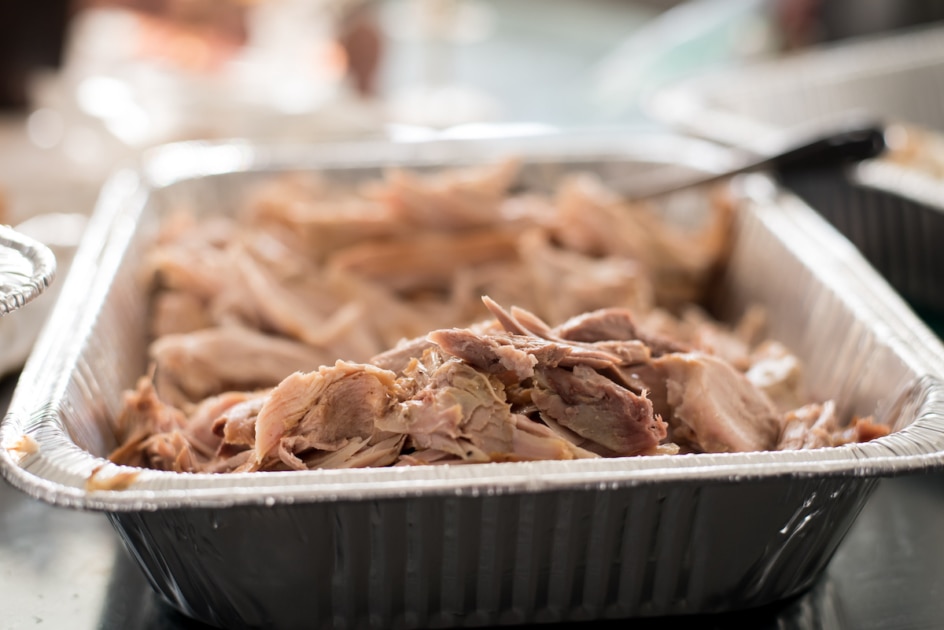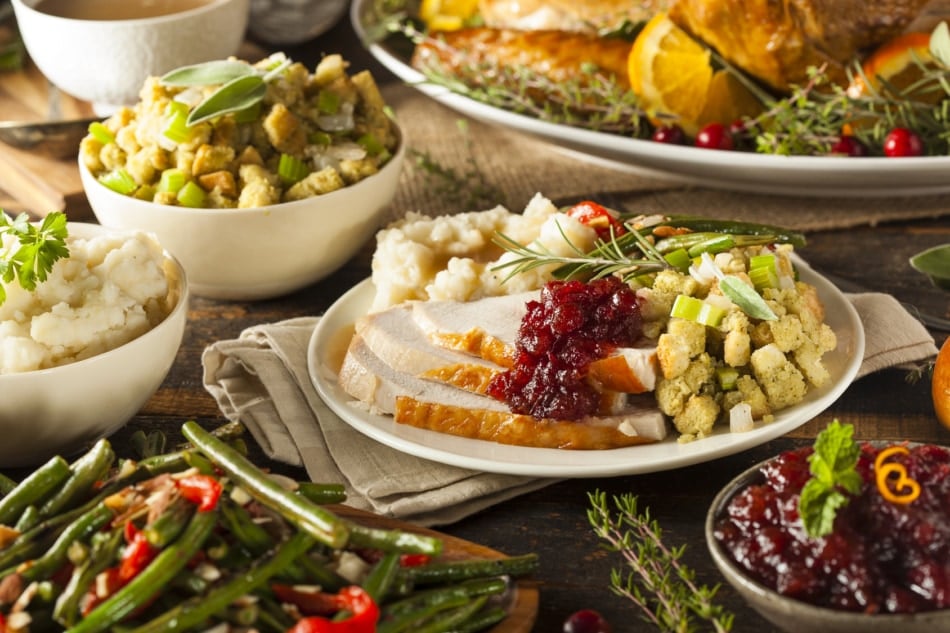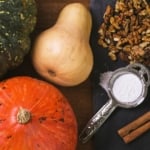Avoid Food Poisoning: Manage Your Leftovers Safely
Don't let the festivities of the holidays make you sick. Learn how to naturally treat a mild case of food poisoning, as well as guidelines to safely manage leftovers.

So, you thought you’d raid the refrigerator for leftovers, and now you’re suffering from a stomach rebellion—queasiness, abdominal pains, diarrhea, and maybe even vomiting.
What Is Food Poisoning?

Food poisoning is a common ailment that most of us can expect to endure at least once in our lives. If you’ve ever had food poisoning, you know how awful it can be. Food poisoning occurs when you digest food or drink that has been contaminated with bacteria. Symptoms can show up anywhere between 12 and 72 hours after the contaminated food is eaten.
Unfortunately, there aren’t many treatments that can speed your recovery from food poisoning, but there are a few things you can do at home to help relieve some of the symptoms. The most common, and important, treatment for a mild case of food poisoning is to simply stay hydrated by drinking plenty of clear liquids. Avoid high sugar drinks like soda and avoid caffeine. Eating a few slices of plain bread can also help. The bread will absorb some of the poison for quick relief. Try eating at least three or four bananas a day until you’re feeling like yourself again. Bananas are rich in potassium, which can help your system recover from the loss of electrolytes.
Food poisoning is usually not a pleasant experience, but the good news is that most healthy individuals can recover on their own within 24 hours, with or without treatment. However, for those with weakened immune systems or who are infected with severe strains of bacteria, there could be a higher risk. If you already have preexisting conditions or encounter additional symptoms like fever, joint pain, or other discomfort, or if you’re not feeling better within a few days, don’t hesitate to call your doctor.
Leftovers: Food Safety Guidelines

To avoid foodborne illnesses, be sure to follow these food safety guidelines from the USDA.gov website when consuming leftovers:
- To prevent bacterial growth, it’s important to cool food rapidly so it reaches the safe refrigerator-storage temperature of 40°F or below as fast as possible. To do this, divide large amounts of food into shallow containers so it will cool quickly.
- Don’t stack warm containers of food on top of one another. Let them breathe.
- Cut large items of food into smaller portions to cool. For whole roasts or hams, slice or cut them into smaller parts. Cut turkey into smaller pieces and refrigerate. Slice breast meat; legs and wings may be left whole.
- Hot food can be placed directly in the refrigerator or be rapidly chilled in an ice or cold water bath before refrigerating.
- Cover leftovers, wrap them in airtight packaging, or seal them in storage containers.
- Leftovers can be kept in the refrigerator for 3 to 4 days or frozen for 3 to 4 months. Although safe indefinitely, frozen leftovers can lose moisture and flavor when stored for longer times in the freezer.
- It is safe to reheat frozen leftovers without thawing, either in a saucepan or microwave (in the case of gravy, soup, or stew) or in the oven or microwave (for example, casseroles and combination meals). Reheating will take longer than if the food is thawed first, but it is safe to do when time is short.
- When reheating leftovers, be sure they reach 165° F as measured with a food thermometer. Reheat sauces, soups and gravies by bringing them to a rolling boil. Cover leftovers to reheat. This retains moisture and ensures that food will heat all the way through.
- When reheating food in the microwave, cover and rotate the food for even heating. Arrange food items evenly in a covered microwave safe glass or ceramic dish, and add some liquid if needed. Be sure the covering is microwave safe, and vent the lid or wrap to let the steam escape. The moist heat that is created will help destroy harmful bacteria and will ensure uniform cooking. Also, because microwaves have cold spots, check the temperature of the food in several places with a food thermometer and allow a resting time before checking the internal temperature of the food with a food thermometer. Cooking continues for a longer time in dense foods such as a whole turkey or beef roast than in less dense foods like breads, small vegetables, and fruits.
This article was published by the staff at Farmers' Almanac. Do you have a question or an idea for an article? Contact us!






